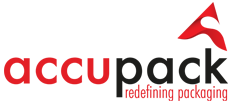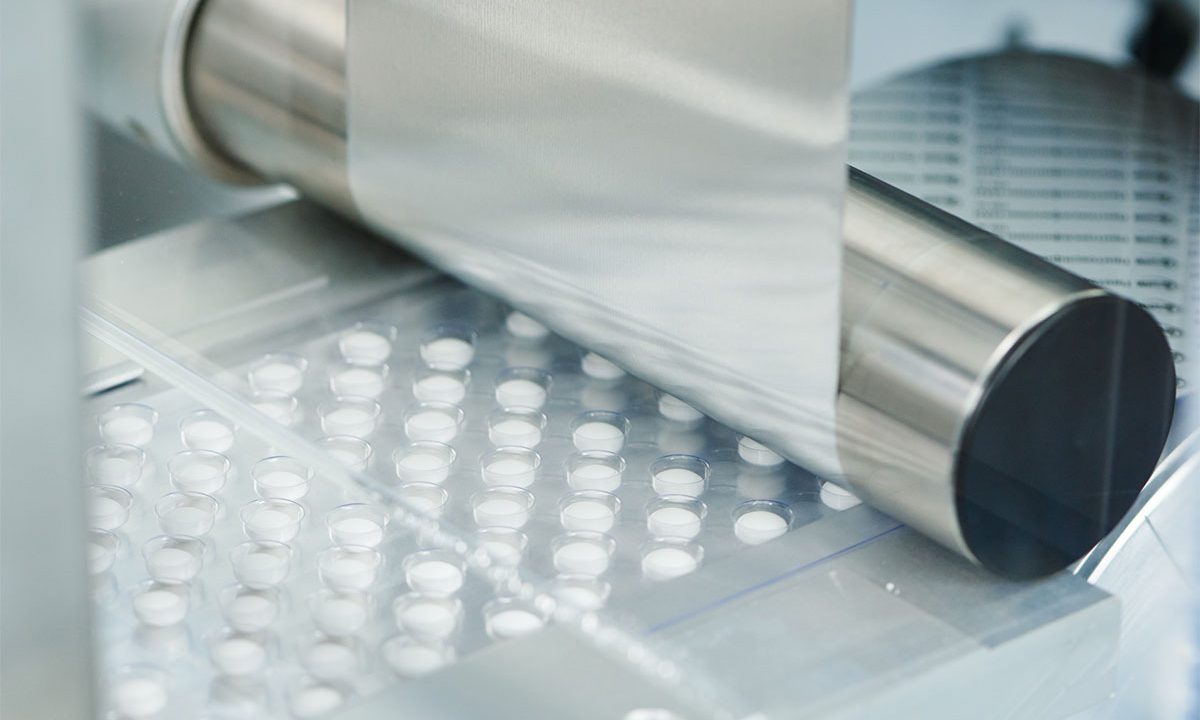The latest rising product in the pharmaceutical market is a prefilled syringe. A single-dose packaging of a vaccine or biopharmaceutical inside a syringe which has a fixed needle. The needle is fixed by the manufacturer with an intent to stop reuse of the needle. Syringes made of glass and metal have been around the market for a number of decades with fat needles that used to terrorize even the strongest of men. And when the patient is scared of the cure, the doctor’s work becomes difficult.
The lack of information also made it practically difficult for non-experienced people to give out injections. Well, glass syringes are still going on with finer needles to protect highly volatile pharmaceuticals. But, for the general public and small dispensaries there are plastic syringes with removable needles. The clinical use of syringes might still be working around reuse with disposable needles but to decrease the doctor’s pressure and chance of accidents it is necessary to have a perfect dosage inside a single, easy-to-use syringe.
The world has started its shift towards providing safety and accuracy with parental or home use syringes. Single use plastic syringes are proving to be the best at providing ease-of-use to all the patients and caretakers at home. Inclination towards proper dosage is necessary for both medical staff and pharmaceutical manufacturers. There are, however, some challenges to be faced from a manufacturers point of view.
The characteristics of the current market
It has been more than two decades since the prefilled injections were first introduced to the market. The Japanese came up with the first plastic disposable syringe in 1963. After which a lot of companies patented their own designs and the disposable needle took over the market. But, the need for self-administration kept growing with more and more diseases taking a chronic form. Since the advent of disposable syringes was right after the world had gone through the 1957s influenza pandemic, the patients already into the chronic phases of other diseases needed to stay away from the medical centers and keep hygienic conditions at home. In that time a compounder (clinic nurse) would have to go to the patient in case any injectables are prescribed. The shortage of experienced medical staff then increased the need for prefilled syringes with unit doses that the patient or caretakers at home could self-administer.
Due to the world getting out of many recessions and wars, the pace then was slow, and the prefilled syringe with single doses got patented and manufactured in the 1980s with heparin as the first injectable drug for public medical use. The history shows the success of today’s market that by the year 2016 had its three biggest manufacturers with hundreds of biopharmaceuticals and clinical drugs. The US market for prefilled syringes, however being less mature than the European market, has a great future. As pharmaceutical and biotech firms become more and more refined in usage and handling ease, there are more diseases that are in the process of being treated at home.
To meet the demand of a population that is increasingly investing in health, more sophisticated ways of drug administration will be the need of the year for the US prefilled syringe market. There are more drugs and biopharma products being added to prefilled syringes than heparin. Vaccines, blood stimulants, therapeutic proteins, erythro proteins, interferons, anesthetics, and rheumatoid arthritis are some of the most common products that are being used with prefilled syringes. There are several more developments every year in the field of biotech and pharmaceuticals, a long list of highly effective protein and organ aimed injectable medications are being discovered every month. Such products need to be taken on regular intervals and trips to the hospital can be stressful, especially to a patient. Prefilled syringes for such chronic conditions will soon be the new norm as it gives the patients comfort of home along their treatment.
Challenges Amongst Opportunity
Prefilled syringes might be an easy to use option for millions of at home patients, yet the most important factor applies whether all people will be able to adapt to it, or, be safe while using them. With the rising rates of self-administration, comes the greater risk of shortcomings in sterility. Outside of a clinical environment, there are many pathogens that could be circulating in the air and on the epidermis. Missing the alcohol rub or holding the needle might contaminate the dose, and you never know whether the infection will be a spore on the skin or somewhere inside. Hence, the need for efficient sterility in packaging shall meet the sufficiency demands of sterility through manufacturing till usage. For a long time, emergency clinics and military medical teams have been using prefilled syringes of adrenaline packaged in alcohol soaked sponge pads, covered with plastic packaging. A similar approach may be applied to syringes with temperamental substances.
Prefilled syringes are known for the property of making fast injection safe and the dosage measured. It helps self-administration easy as it allows the patient to take the exact dosage in times of emergency. But is it really safe in times of emergency? History shows that most cases of chronic diseases that are treated or managed over a long period of time, are those of adolescents and children. Most of them are against taking injections just because of the pain. Prefilled syringes have to be accompanied with advanced needles that are finer and have negligible pain with usage. Processing and quality maintenance are certainly going to be the major challenges in developing painless and safe prefilled injections. Needle injuries are going to be a major cause for rising manufacturing costs. Syringe safety systems need to be constantly redefined and new cost alternatives are to be employed, to make syringe and needle-stick production efficient and cheap.
In Conclusion
There are three to four top players in the prefilled syringe industry and it revolves around their location advantage and customer loyalty. So to make it up in the game, new players will have to innovate highly on sterility, disposability, cost control and painless delivery for patients. The new range of non-invasive medication is showing up but the drugs need to be changed in format and designed according to the method which raises the cost 6-fold. So the market is not going to hinder prefilled syringes yet. The best time to start manufacturing and testing is now. Find more info on prefilled medication packaging with Accupack.



